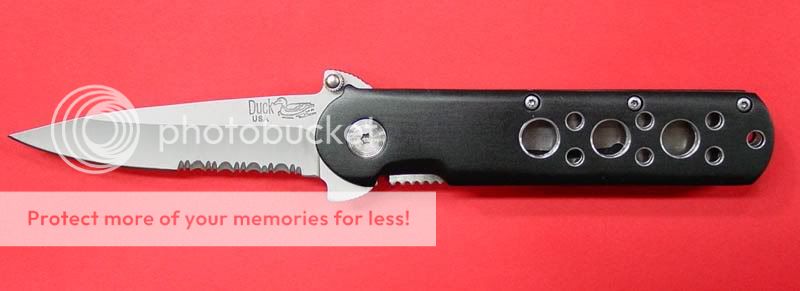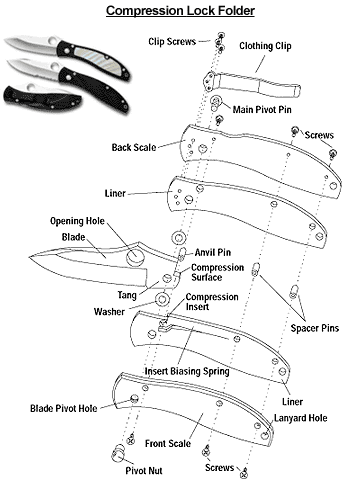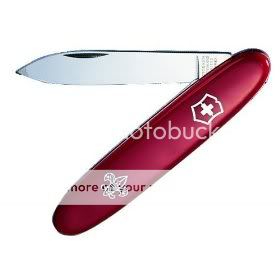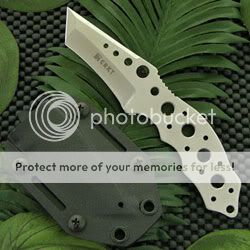This article in the NYTimes discusses the results of a new study on the long-term effects of beef and processed meat consumption. To no one's surprise, I should think, the results showed that high levels of consumption of beef and processed meat is linked to an increased mortality rate of "20 percent to nearly 40 percent." Very interesting as well was the finding, "In the study, the largest consumers of 'white' meat from poultry and fish had a slight survival advantage."
The article also mentions the results of other studies on the consumption of fish:
I do not eat a lot of red or processed meat, but I do eat a lot of poultry. I think I'm probably OK there. Likewise, I should eat less dairy fat, but I'm not too bad there either. But while I do take omega-3 supplements, I really ought to be eating more fish. There is of course some concern over mercury and other toxins present in seafood, but the prevailing opinion is that, unless consumed in unusual quantities, the health benefits of eating fish outweigh the risks.
The article also mentions the results of other studies on the consumption of fish:
- [F]ish contains omega-3 fatty acids that have been linked in several large studies to heart benefits. For example, men who consume two servings of fatty fish a week were found to have a 50 percent lower risk of cardiac deaths. . . . Data from one million participants in the European Prospective Investigation Into Cancer and Nutrition trial found that those who ate the least fish had a 40 percent greater risk of developing colon cancer than those who ate more than 1.75 ounces of fish a day. Likewise, while a diet high in red meat was linked to an increased risk of prostate cancer in the large Selenium and Vitamin E Cancer Prevention Trial, among the 35,534 men in the study, those who consumed at least three servings of fish a week had half the risk of advanced prostate cancer compared with men who rarely ate fish.
I do not eat a lot of red or processed meat, but I do eat a lot of poultry. I think I'm probably OK there. Likewise, I should eat less dairy fat, but I'm not too bad there either. But while I do take omega-3 supplements, I really ought to be eating more fish. There is of course some concern over mercury and other toxins present in seafood, but the prevailing opinion is that, unless consumed in unusual quantities, the health benefits of eating fish outweigh the risks.













 the operator to put thumb in front of blade to push in the liner and close the knife (see right). It sounds scary, and takes a little practice, but countless users do this daily and closing accidents are not a serious concern. But if that makes you nervous, again, go with a different design.
the operator to put thumb in front of blade to push in the liner and close the knife (see right). It sounds scary, and takes a little practice, but countless users do this daily and closing accidents are not a serious concern. But if that makes you nervous, again, go with a different design.



 opening hole: This is to provide a gripping surface for the thumb of the gripping hand to open the blade (i.e., one handed). This hole is found on Spydercos and some Benchmades. Otherwise, most knives use for opening a thumb stud on the side of the blade (see inset above) or a disc on top (as on the Emerson in
opening hole: This is to provide a gripping surface for the thumb of the gripping hand to open the blade (i.e., one handed). This hole is found on Spydercos and some Benchmades. Otherwise, most knives use for opening a thumb stud on the side of the blade (see inset above) or a disc on top (as on the Emerson in 


 A slipjoint is the classic pocketknife. These knives rely on the tension of a backspring to hold the blade both open and closed, and do not have a blade lock. They may have just one blade or several of different styles, traditionally for different game dressing or woodworking (whittling) tasks. Perhaps the best-known slipjoint knives are classic
A slipjoint is the classic pocketknife. These knives rely on the tension of a backspring to hold the blade both open and closed, and do not have a blade lock. They may have just one blade or several of different styles, traditionally for different game dressing or woodworking (whittling) tasks. Perhaps the best-known slipjoint knives are classic 

 they offer no substantial advantages over a good locking blade folder. Since they are suspended upside down from your neck, there are also scary reports about knives falling out of their sheaths and onto the ground, usually at the worst times and in public places. Since many are wicked-looking blood-drinkers, this may cause a little public panic.
they offer no substantial advantages over a good locking blade folder. Since they are suspended upside down from your neck, there are also scary reports about knives falling out of their sheaths and onto the ground, usually at the worst times and in public places. Since many are wicked-looking blood-drinkers, this may cause a little public panic.